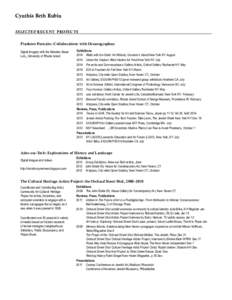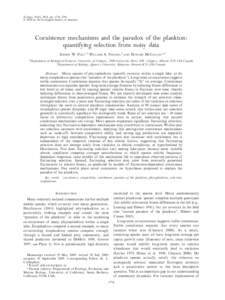<--- Back to Details
| First Page | Document Content | |
|---|---|---|
 Date: 2013-08-21 15:22:31Cascade Range Aquatic ecology Fisheries Old growth forests Cascades Mount Rainier Plankton Lake ecosystem Washington Physical geography Volcanology Geology |
Add to Reading List |
 Mountain Lakes Mount Rainier, North Cascades, Olympic I&M RESOURCE
Mountain Lakes Mount Rainier, North Cascades, Olympic I&M RESOURCE

